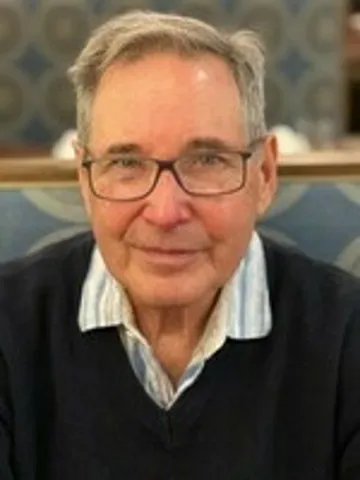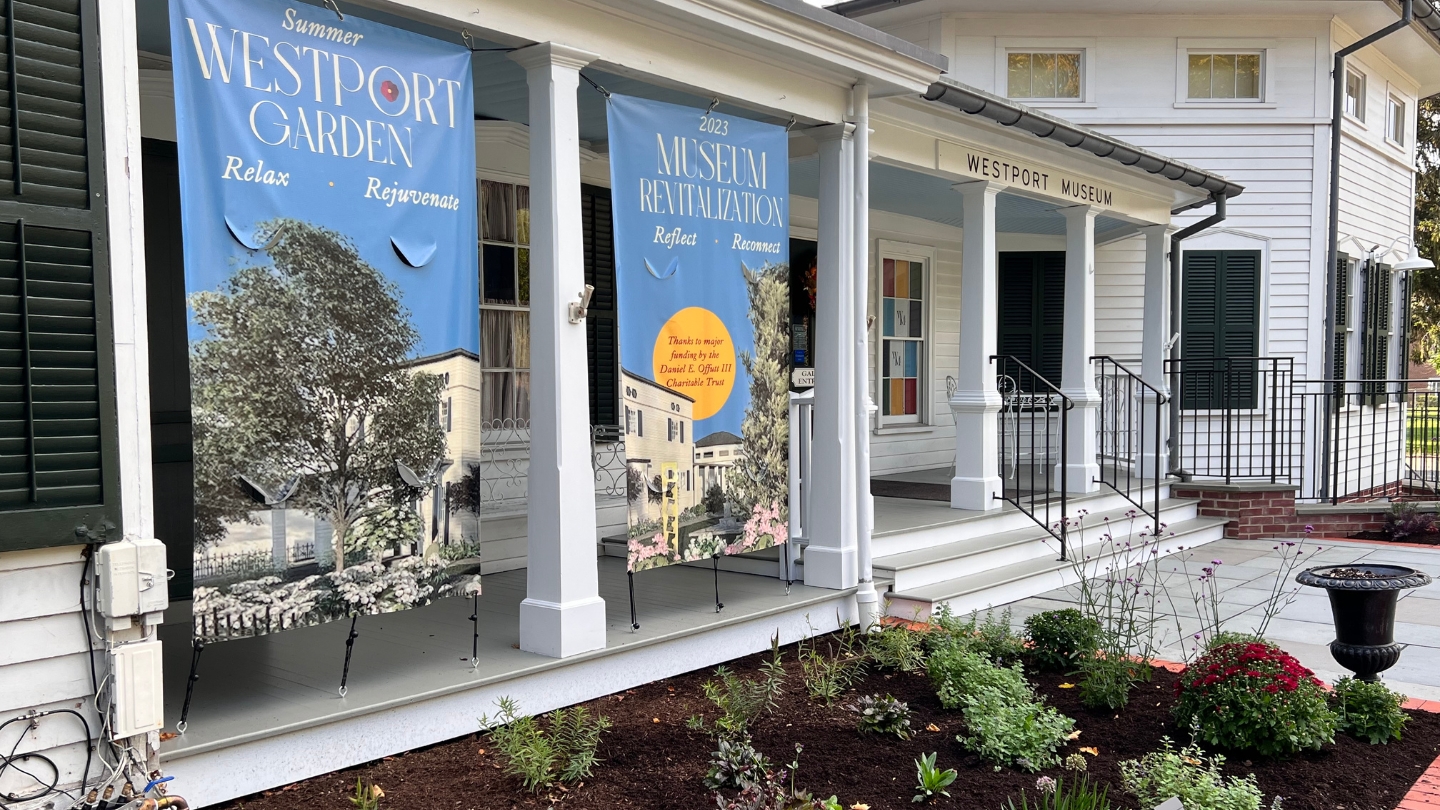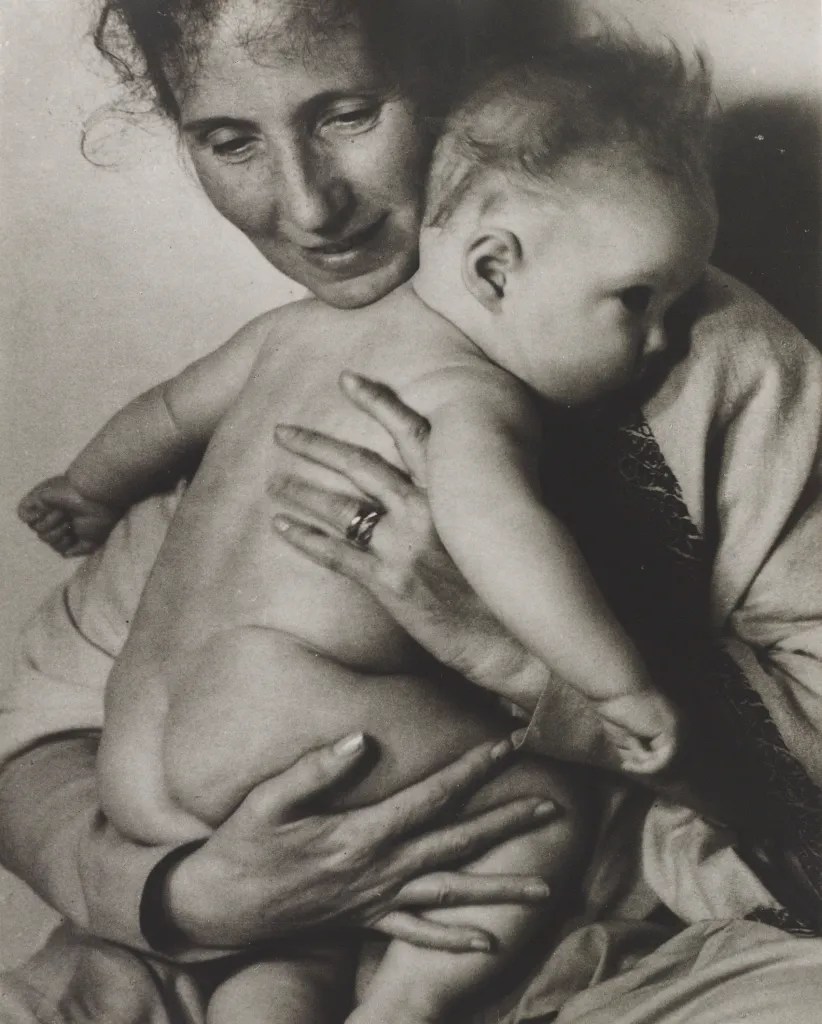We were incredibly saddened to learn of the death of our good friend Richard Orenstein last week. As Trustee of the Daniel E. Offutt III Charitable Trust, Dick was a benefactor to Westport Museum For History & Culture but more than his fiscal philanthropy, Dick was our trusted advisor and stalwart guide toward important social change. As our most loyal supporter, Dick had a strong ethic toward equity and inclusion. He will be sorely missed as one of our truest friends. The many tributes that Dick has rightly received only scratches the surfaces of what an incredibly human being he was.
His loss is incalculable.
Born March 31, 1941, in Lawrence, Long Island, Richard Harris Orenstein passed away suddenly on March 20, 2024, in Sarasota, Florida. He was 82. He is survived by his lovely wife, Diana Vytell of 30 years, two beautiful children, his daughter Beth Franklin of Boston Massachusetts, and his son Gary Orenstein and his wife Ching-Yee Hu of San Francisco, four wonderful grandchildren, Emma and Jake Franklin, and Elie and Zoe Orenstein, and his sister Sondra Schlesinger of Berkeley California.

Dick graduated from the University of Michigan in 1962, with a degree in mathematics. There he discovered computers, which at that time took up an entire room. He was hooked, and never looked back. His professors convinced him to take a job at The Massachusetts Institute of Technology (M.I.T) where he was a co-author of a seminal paper on The Compatible Time-Sharing System.
In 1967, Dick, co-founded the National Computer Software Systems, National CSS, one of the first companies to commercialize time sharing, the earliest version of cloud computing. The company was later sold to Dun and Bradstreet.
Dick settled in Westport, Connecticut, where he was active in and chairman of the Board of Clasp Homes, for adults with autism, and other developmental special needs. He continued volunteering when moving to Sarasota. As an avid pilot, he was involved in the Angel Flight program, which provides free flights to patients and veterans needing life saving medical appointments. He often said I get to do what I want, fly, and help someone in need.
Five years ago, he became the executor of his dear friend’s estate, Dan Offut, and formed the Dan Offut Charitable Trust. This was a life changing event for Dick. He became known as the “Jewish Santa Claus.” He distributed Dan’s funds to Ringling College, Resilient Retreat, Embracing Our Differences, Mote Marine, Temple Emanu-el, to name a few. Locally, thanks to Dick, the Trust was a benefactor to Westport Museum For History & Culture and many others locally including the Weston History & Culture Center, La Chat Farm, Wilton Historical Society, Silvermine Arts Center, Cultural Alliance of Fairfield County, Greater Connecticut Youth Orchestra, The Carver Foundation of Norwalk, cARTie, and so many more. With this task, he always said he got more than he gave.
Dick enjoyed engaging with everyone, and everything. He lived every minute of his day, and packed it with many activities, like bicycling, sport shooting, working out with a trainer, flying, and Angel flights. Folks often said that he lived life 100%. Dick was brave, a risk taker, who knew how to check the odds, full of self-confidence. His quick wit and humor will be sorely missed.
One of the last experiences the family had with Dick was their December 2023 trip to South Africa, Zimbabwe and Botswana, a spectacular safari adventure that provided the family with a lasting and heartfelt memory.
Donations may be made to Temple Emanu-El, Sarasota, Florida, Clasp Homes, Westport, Connecticut, University of Michigan, in honor of Richard Orenstein, class of 1962.











